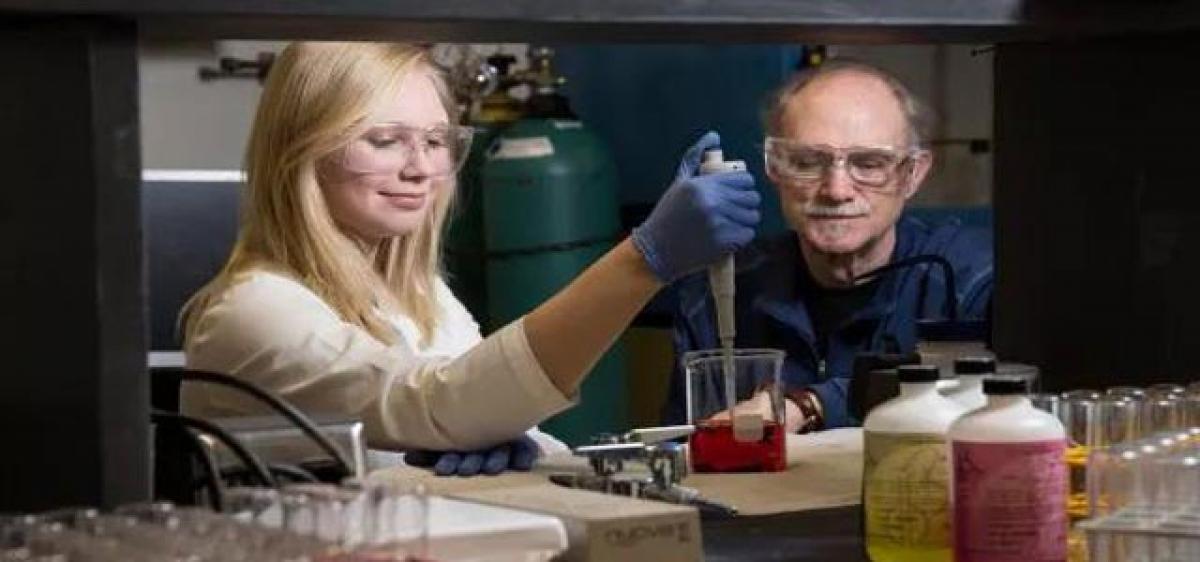Live
- Measuring scavenging value of vultures
- Celebrating 107 Years of Osmania University: A Legacy of Academic Excellence
- Hate-hate relationship new trend in Indian politics
- Gadwal collector briefs on details of voters
- Jupally Krishna Rao takes part in Alampur rallu
- Bharath Prasad files 3rd Nomination
- Baisakh Month: A Time of Auspicious Beginnings and Sacred Festivals
- Oust BJD govt for overall development, says Shah
- Unveiling the Hidden Gems: Surprising Health Benefits of Garlic Peels
- Overcoming Sleep Struggles: A Comprehensive Guide to a Restful Night
Just In

Allura Red, a synthetic food and pharmaceutical color widely used within the U.S., boasts special properties that may make it and other food dyes appropriate as sensors or edible probes to monitor foods and pharmaceuticals.
Allura Red, a synthetic food and pharmaceutical color widely used within the U.S., boasts special properties that may make it and other food dyes appropriate as sensors or edible probes to monitor foods and pharmaceuticals.
A team of researchers -- from Rutgers University, the University of Pennsylvania and the University of Massachusetts -- recently made this discovery during an extension of their work identifying and characterizing molecules in foods or food ingredients that might provide signals of food quality, stability or safety.
It turns out that many molecules found in foods absorb ultraviolet or visible light and subsequently emit light as fluorescence. Because fluorescence is sensitive to the local chemical and physical environment, this emitted light can “report” on the local properties of the food, the pH, polarity, or in the case of Allura Red, local viscosity or thickness.
One food dye in particular, Sunset Yellow, “only exhibits phosphorescence in viscous solution, so we wanted to examine others that tend to be non-fluorescent to see if they might fluoresce in viscous solutions,” Ludescher explained. All the dyes they tested -- Tartrazine, Fast Green, Allura Red and others -- showed properties that are sensitive to changes in viscosity.
The researchers can “draw correlations between fluorescence intensity of, say, Allura Red, which shows that its intensity varies more than 10x upon changing viscosity from water to glycerol,” Ludescher said. The significance of the group’s work is that it highlights the potential of harnessing molecules that are already inside the foods we eat to monitor their basic physical and chemical properties. “It could also be used during the manufacturing process to monitor and determine whether products have the right physical properties,” Ludescher said.
With optical sensing, such analysis could be achieved within mere seconds during manufacture -- automatically and noninvasively replacing a measurement that previously might have required tens of minutes. Interestingly, the team identified other naturally occurring molecules. “Many naturally occurring molecules are sensitive to other physical and chemical properties important for food quality, so a generalized technique using naturally occurring food molecules -- colors, flavors, vitamins, etc. -- to monitor food quality is, in principle, possible,” Ludescher noted.

© 2024 Hyderabad Media House Limited/The Hans India. All rights reserved. Powered by hocalwire.com







